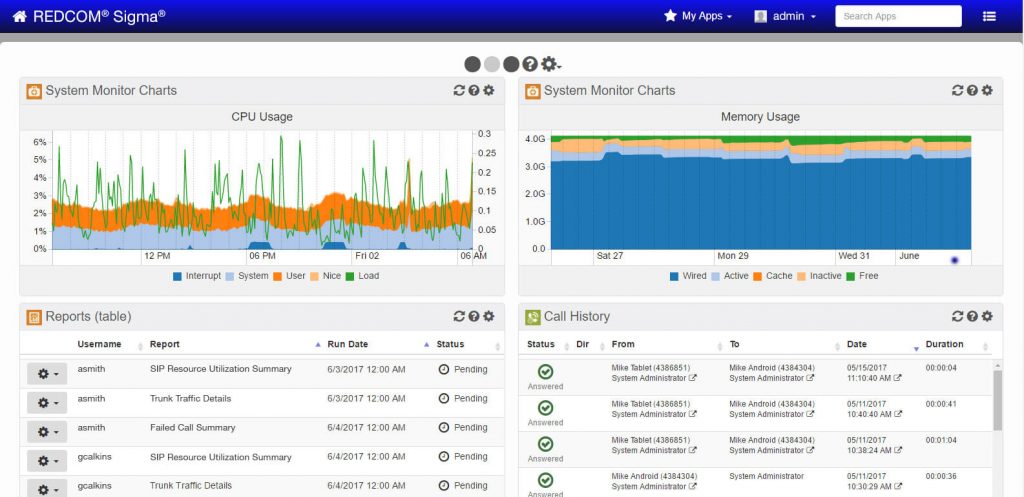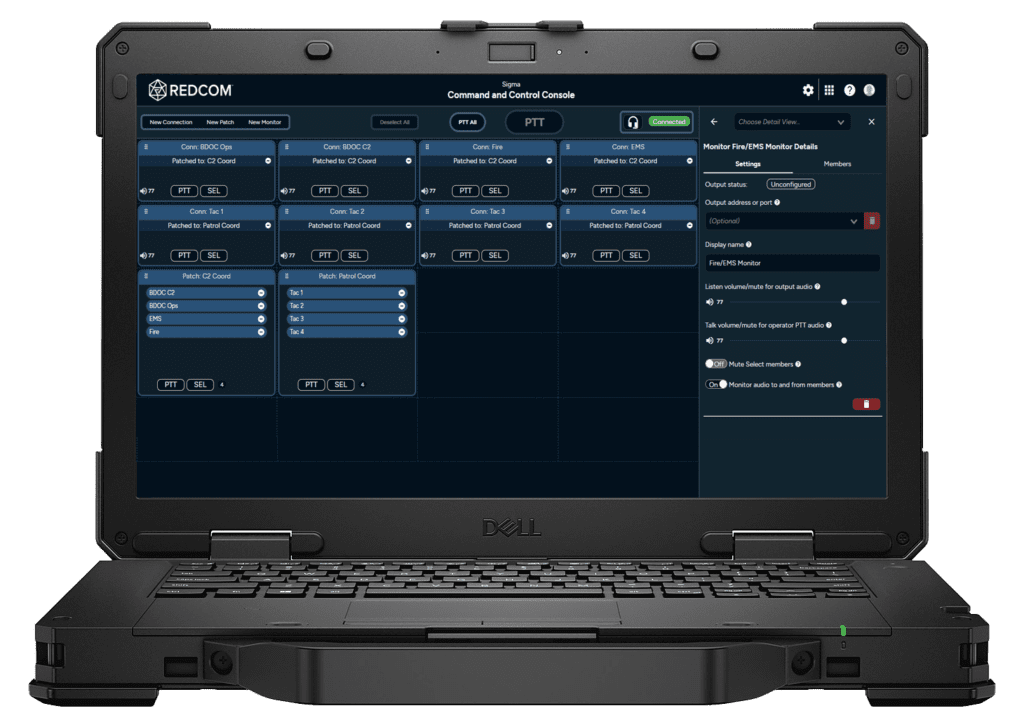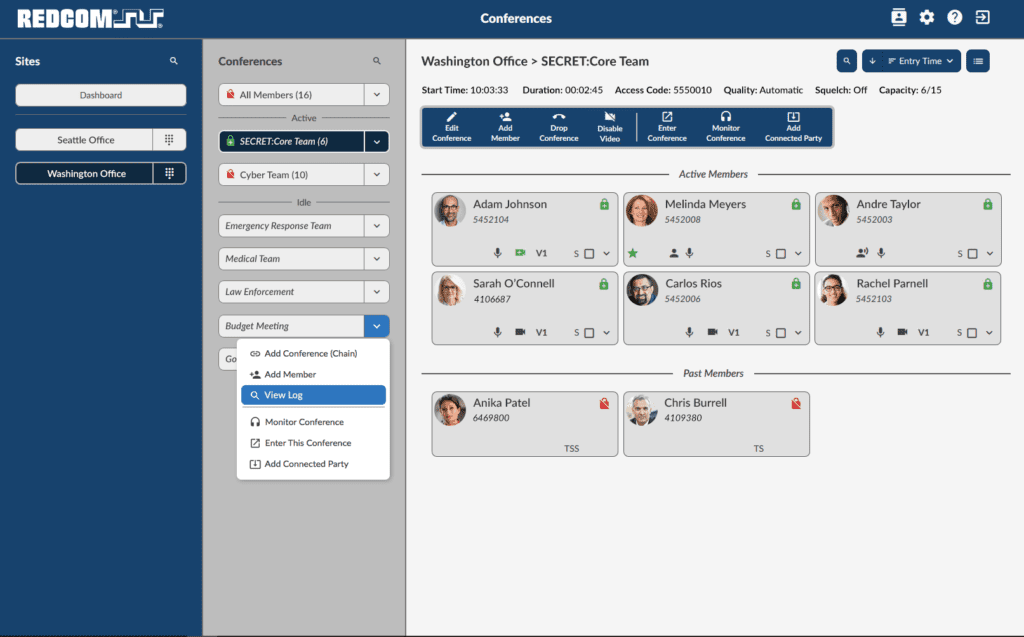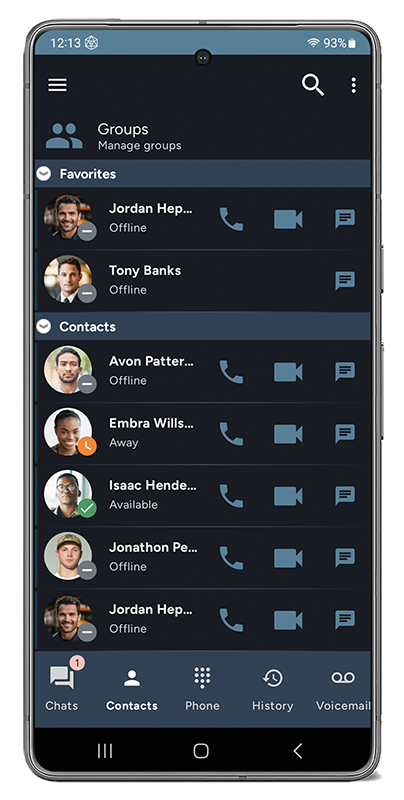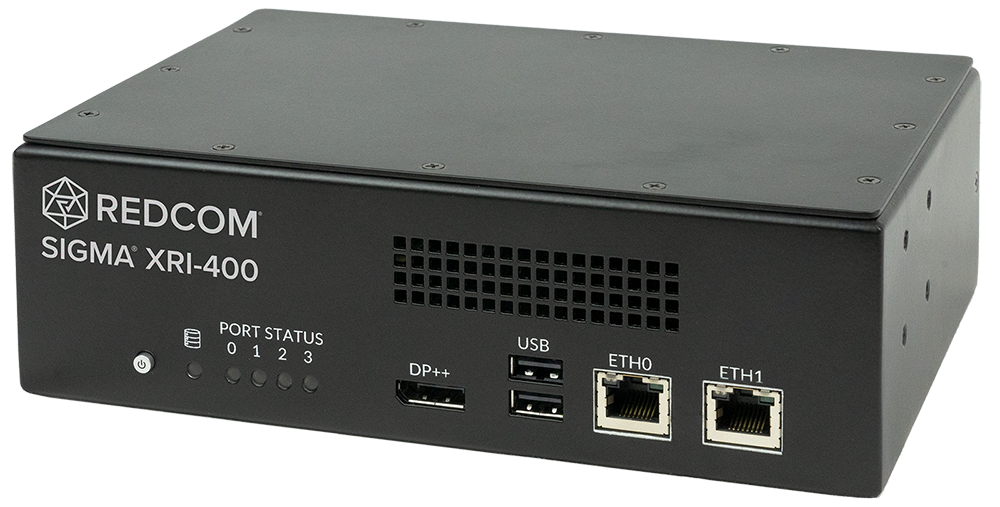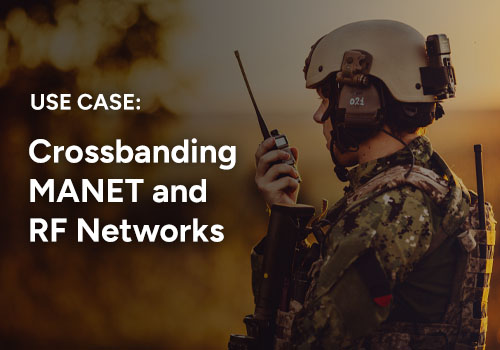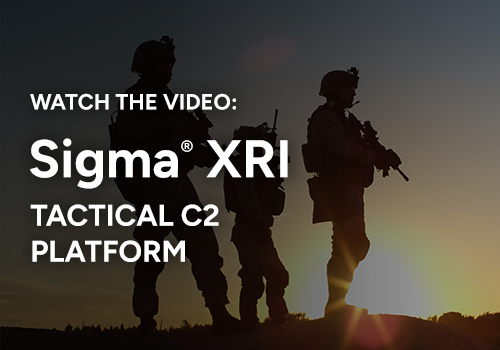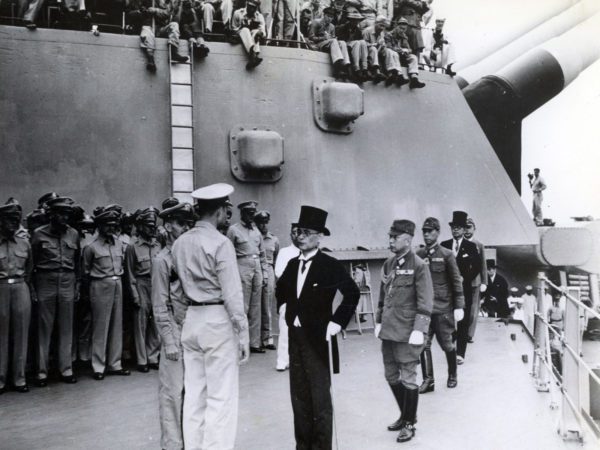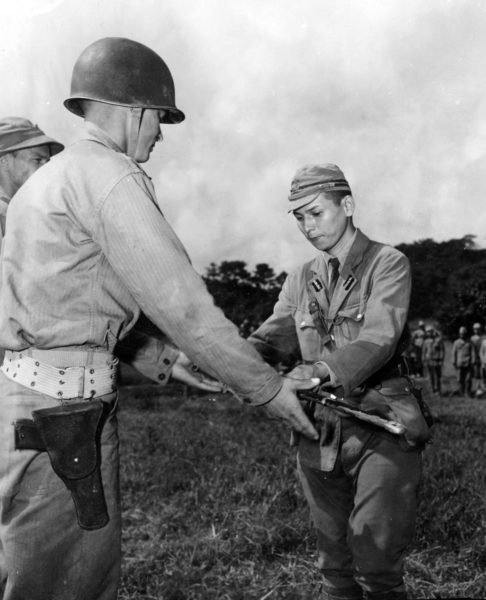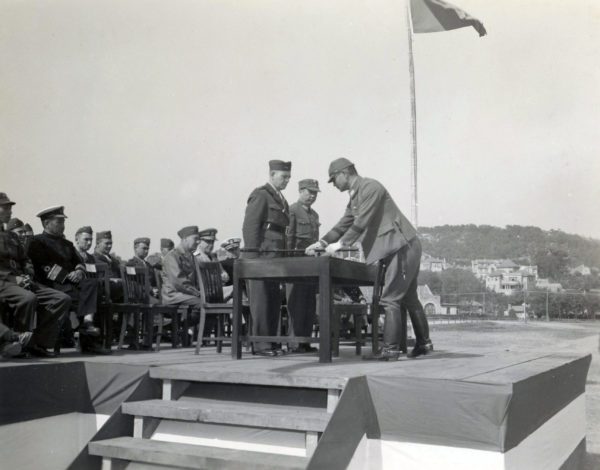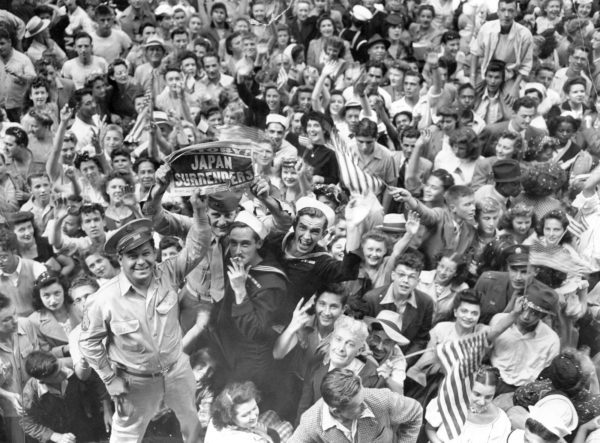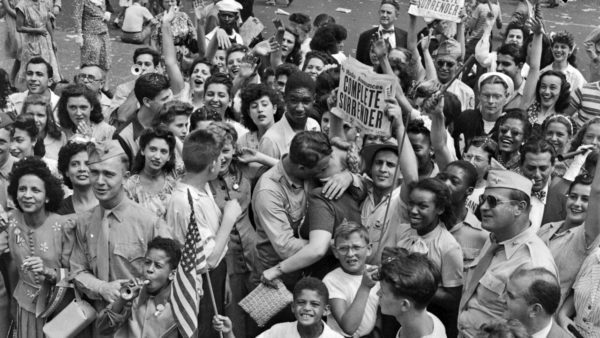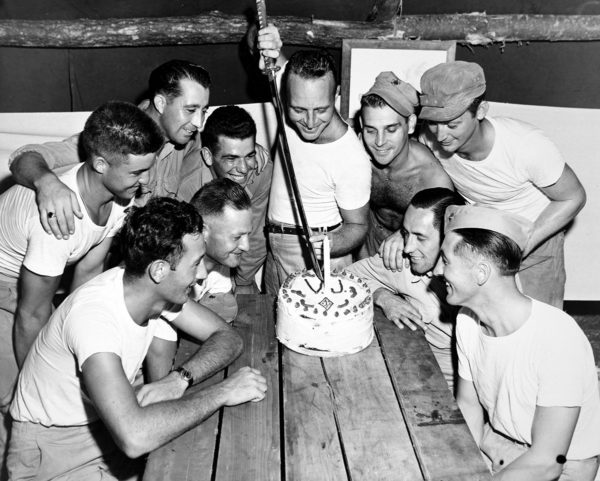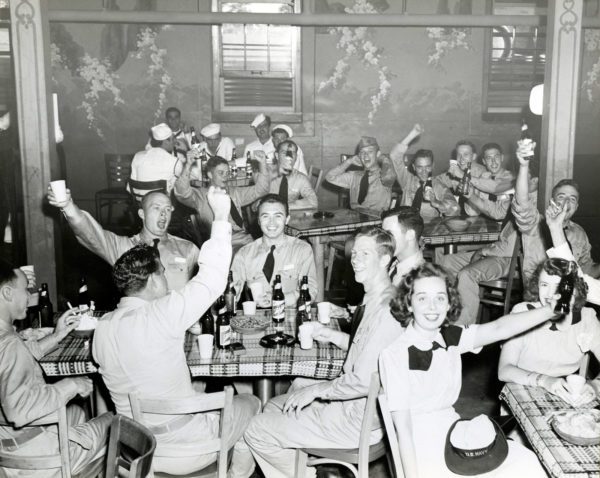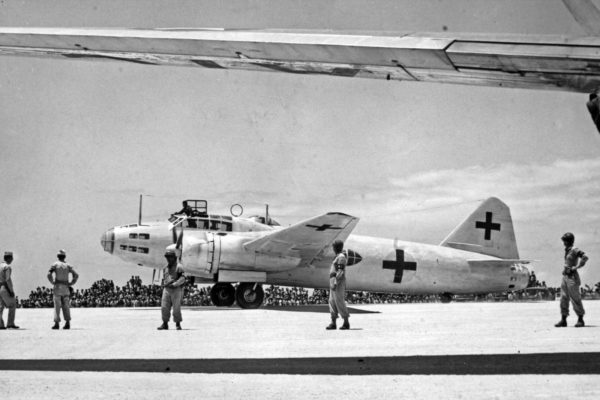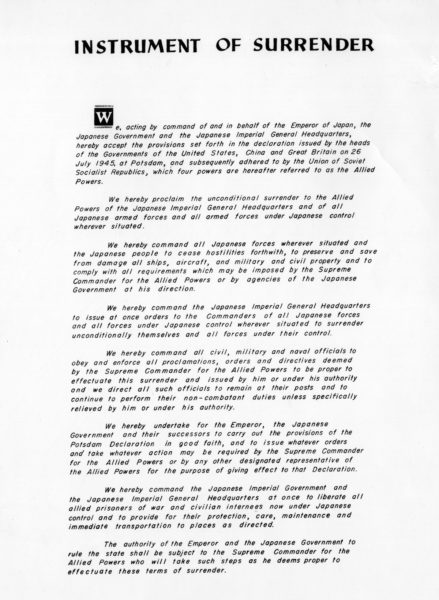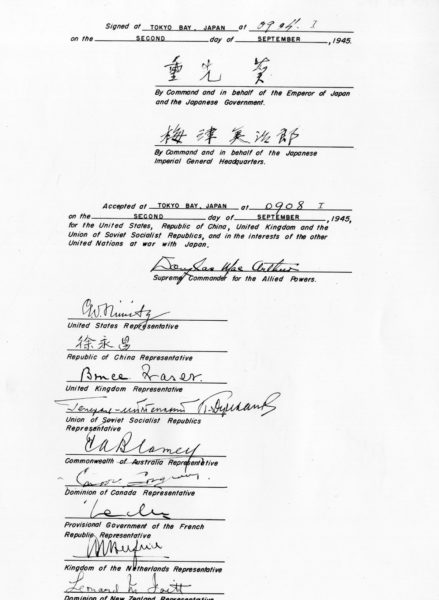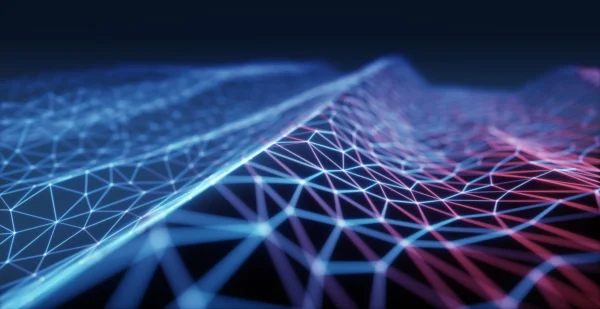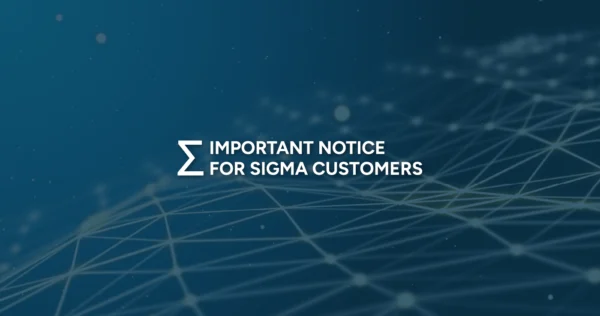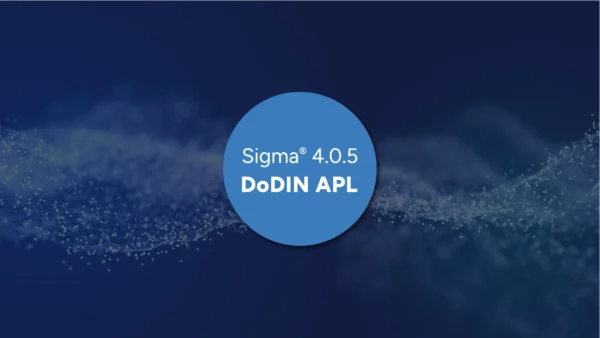The end of World War II
V-J Day, the end of the war with Japan, heralded the end of World War II. Victory over Japan Day is celebrated on three days: August 14th and 15th, due to the timing of the Japanese announcement of their surrender (August 15 in Japan) and the differences in time zones with Allied nations (August 14 in the USA). V-J Day is also celebrated in the USA on September 2nd, when Japanese officials signed the legal documents of surrender in a ceremony aboard the US Battleship Missouri in Tokyo Harbor.
The most joyful communications
American radio announced the news of the Japanese surrender at 7:00PM EST, sparking wild celebrations around the nation. US servicemen spent several days “kissing anyone in a skirt”. It is hard to imagine the outpouring of joy and relief, in America and around the world. With many Allied nations at war since September 1939, our parents and grandparents had earned the right to let themselves be swept up in unabashed celebration.
Delivering the bad news
The most difficult part of the Japanese surrender was communicating the news to Japanese garrisons in Korea, Manchuria, China, Southeast Asia, and the bypassed defenders of island bases like Truk and Rabaul. In several cases, the lines of communication had to be re-established with the Emperor’s troops stationed across the Pacific. After contact was made, it was often difficult to get troops not predisposed to surrender to accept the news. Some never heard the news and others did not accept it. Subsequently, Japanese “hold-outs” (either individuals or small groups) were discovered in remote areas until the early 1970s.
Signing the formal surrender
With Allied officials led by General Douglas MacArthur looking on, Japanese military and government leaders signed their unconditional Instrument of Surrender on board the battleship Missouri in Tokyo Bay on September 2, 1945. President Truman declared September 2nd to be the official “V-J Day”. World War II was finally over.
2020 marks the 75th anniversary of V-J day. Be sure to browse our image gallery below. And if you want to learn more about this historic event, the National WWII Museum will be posting an ongoing series of digital programming, articles, podcasts, and video content featuring scholars, Museum historians, and oral histories from the Museum’s collection.
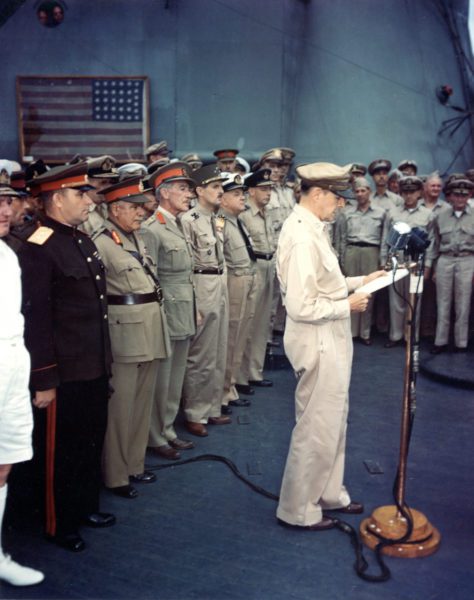
General MacArthur’s message is broadcast around the world from the deck of the USS Missouri, September 2, 1945.
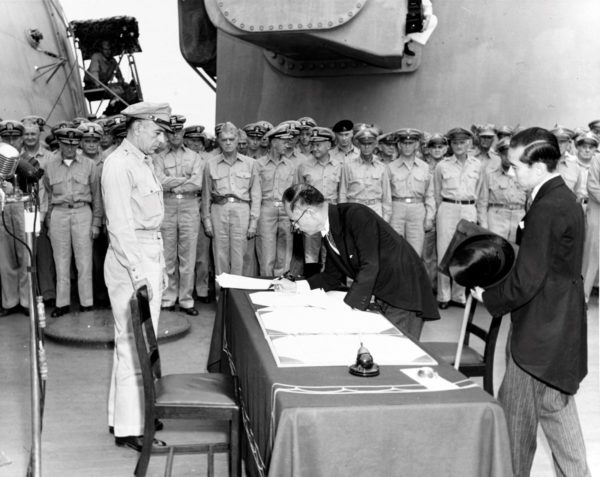
Signing the instrument of surrender: Japanese Foreign Minister Shigemitsu signed for the Japanese government, and General Umezu signed for the Imperial Japanese Armed Forces.
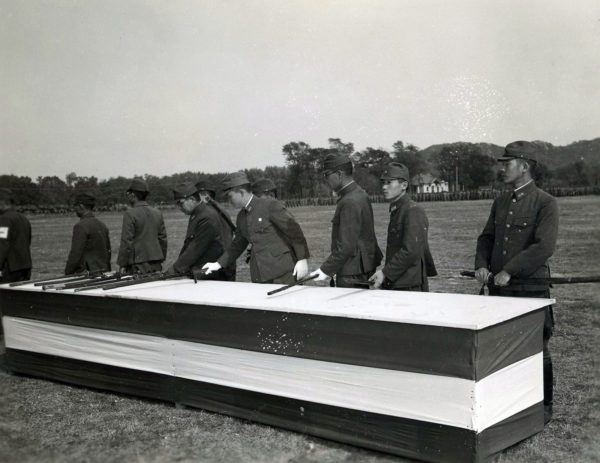
Japanese surrender ceremonies took place in several locations. Here, Japanese officers turn over their swords in the surrender at Tsingtao, China.
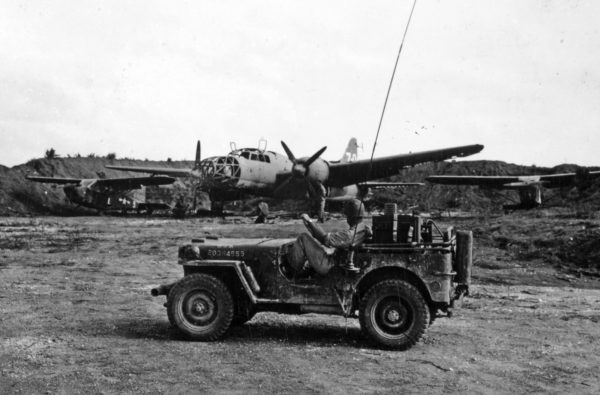
US occupation troops move in to a Japanese airfield at Aslito, Japan during October 1945. Most Japanese aircraft would have their propellers removed to discourage any suicide missions after the peace.
